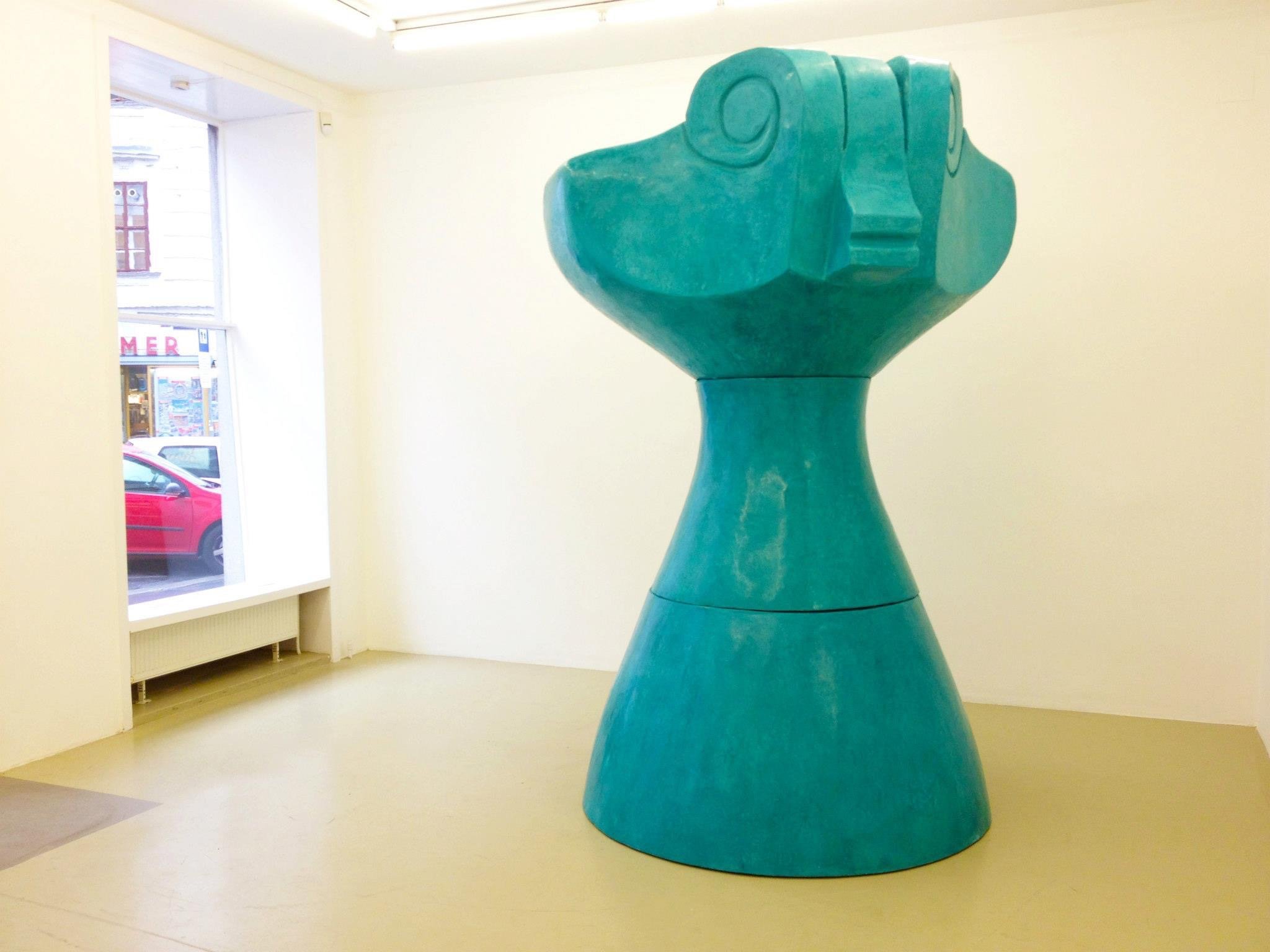The Petrified River
The Petrified River attempts to express a paradox that exists between what remains of historical realities and their associated memories, and how artists redirect ideas of monumentality through domestic scale, material, and interaction between objects and space. As our increasingly pluralistic world removes itself further from history, these lieux de mémoire become less powerful as individual narratives. However, the language of monuments, when divorced from historical moments, becomes relevant as it reflects collective notions of both struggle and triumph.
Within their practices, these six invited artists create social and political détournements of the role of monuments - lieux de mémoire, or places of memory - which French historian Pierre Nora has coined as “material, symbolic and functional, enveloped in the Möbius strip of the collective and the individual, the sacred and the profane, the immutable and the mobile.”[1]
Aleksandra Domanović’s sculptures, photographs, and videos relate to cultural artifacts, public monuments, and national identity within the post-Communist context and the extended use of the internet. Iman Issa, on the other hand, rematerializes monuments in her series Material creating private, human-scale installations that propose alternative solutions for nonexistent or failed monuments. In his films and installations, Shahryar Nashat reinterprets notions of monumentality in its relationship to performativity and power while referencing museological displays and questioning the function of the pedestal. In his drawing practice, Timothy Hull investigates the iconography of Classical sculpture and architecture as iconic monuments, yet somehow vulgarized and corrupted by their flatness and their common material. Similarly, in her sculptures, Ruby Sky Stiler recreates forms, that clearly reference history, yet which are, through the shifting perspectives created in their deconstruction, both historical and contemporary. Finally, fascinated by historical icons and cultural symbols, Paolo Chiasera puts into perspective collective memory and mythology through a presentation of his archives and specific projects.
Following Robert Smithson’s theory on entropy, these new monuments are not built for the ages, but rather “against the ages”[2], since they are made, as is the case in this exhibition, of artificial materials and falsely constructed histories.
[1] Pierre Nora “Between Memory and History: Les Lieux de Mémoire” in Representations, No.26, Special Issue: Memory and Counter-Memory, (Spring, 1989), pp. 7-24, University of California Press
[2] Robert Smithson, “Entropy and the New Monuments” (1966) in Robert Smithson: The Collected Writings. p. 11-13, Jack Flam (ed). Smithson, Robert. / Berkeley, Calif, London: University of California Press, 1996
Role: Co-curator, with Martha Kirszenbaum
Date: September 20—October 25, 2012
Location: Galerie Lukas Feichtner, Vienna, Austria (part of curated_by Vienna)
Artists: Paolo Chiasera, Aleksandra Domanović, Timothy Hull, Iman Issa, Shahryar Nashat, Ruby Sky Stiler



